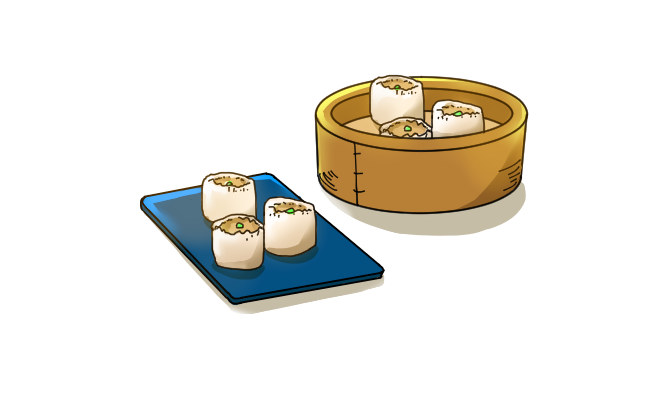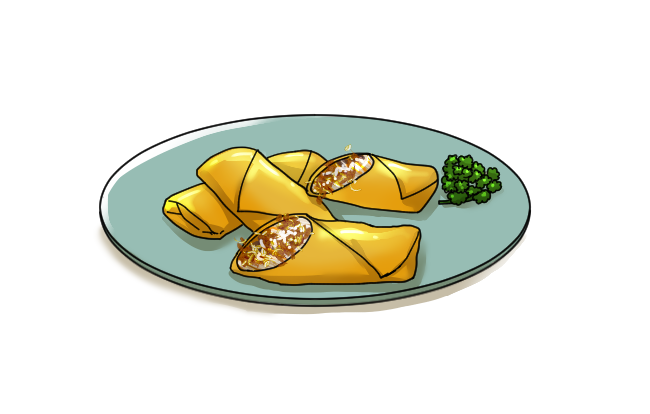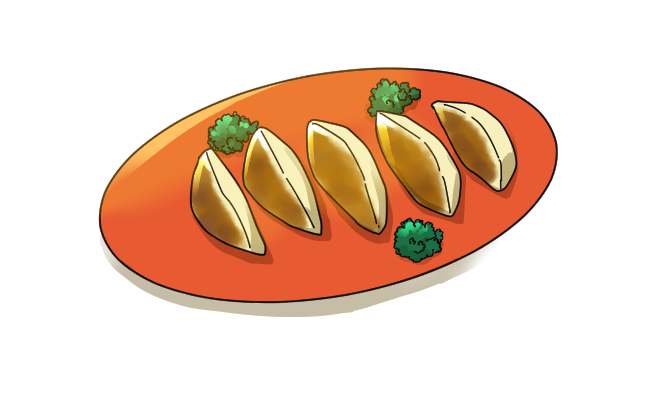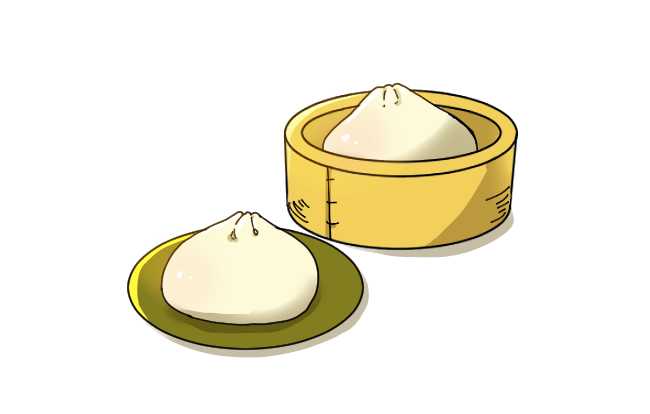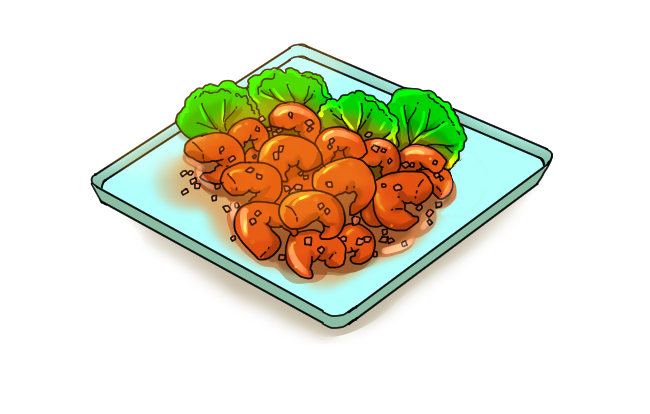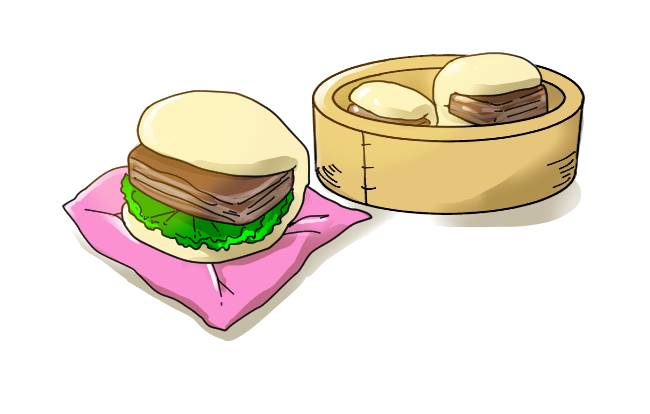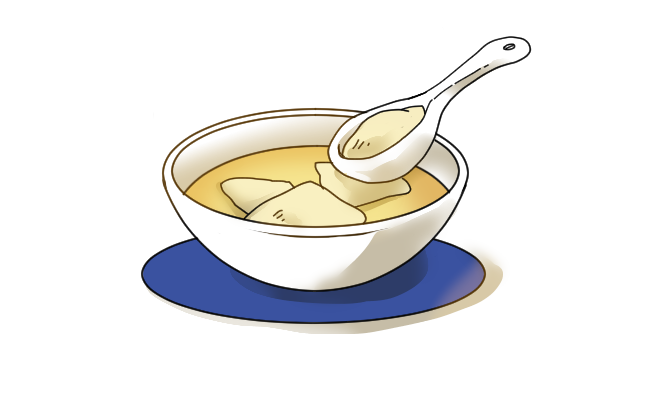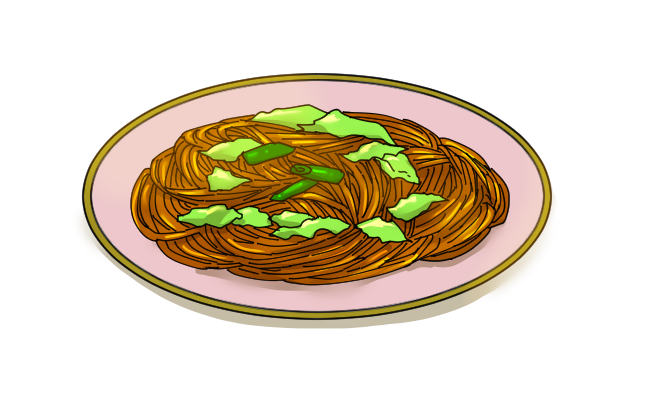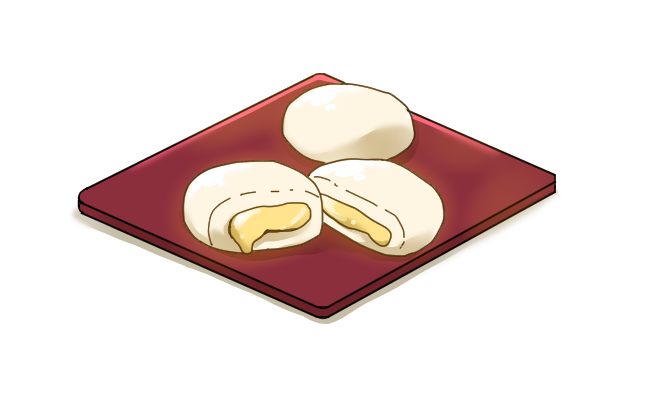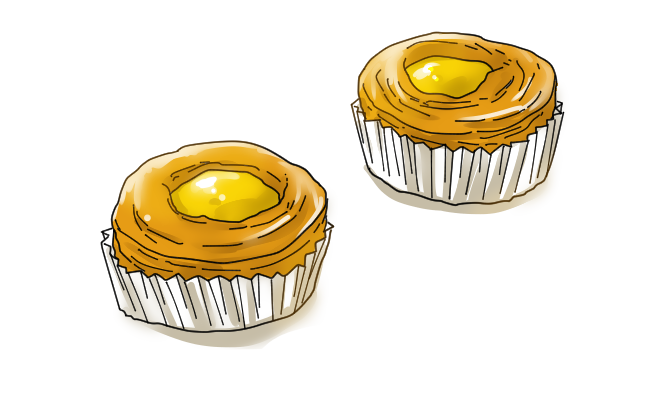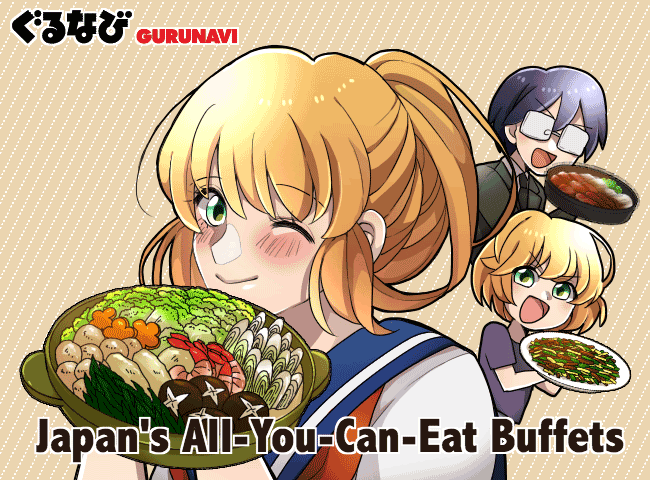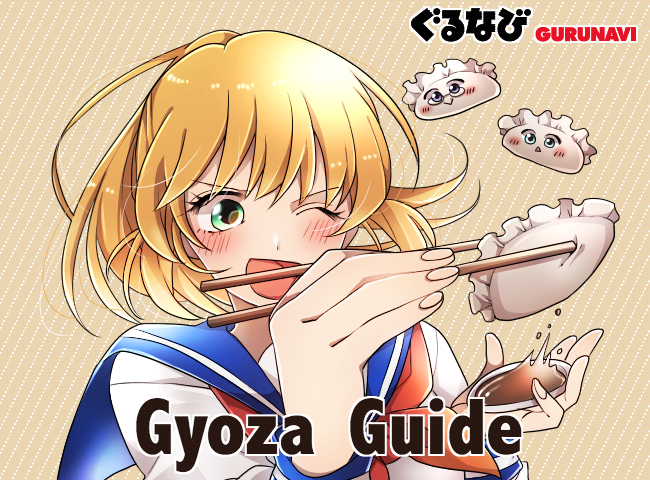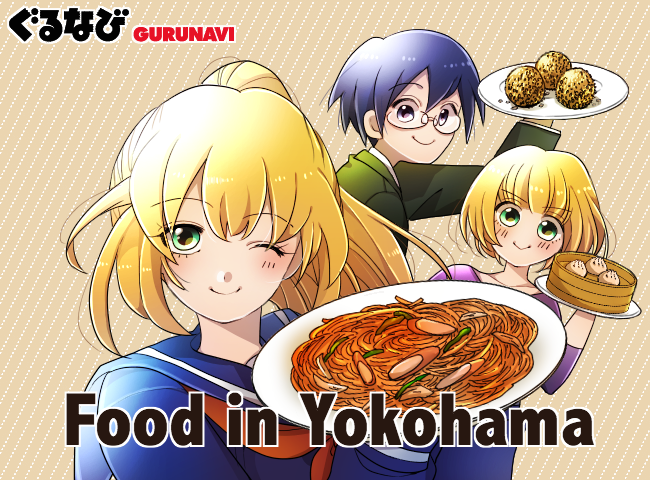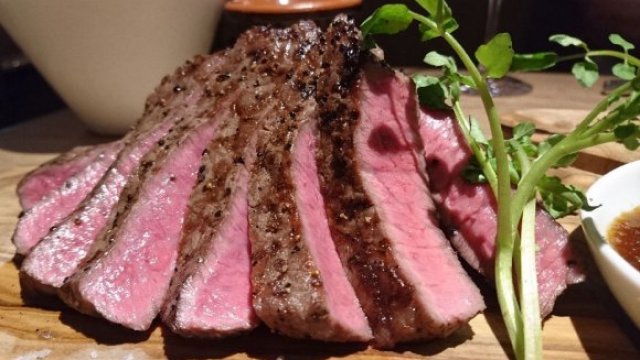11 Japanese Dim Sum Dishes That Are Truly Something Special
For many Westerners, Chinese dim sum is a popular weekend brunch indulgence where restaurant servers maneuver carts of bamboo steamers loaded with savory and sweet dishes around bustling banquet rooms, boisterously hawking their dishes. You can find dim sum in Japan thanks to the lasting popularity of chuka ryori, or Japanese-style Chinese food. Smaller Japanese dim sum restaurants tend to serve teishoku set meals, while larger eateries often let diners order literally à la carte! Keep reading for a comprehensive list of mouthwatering dim sum dishes popular in Japan.
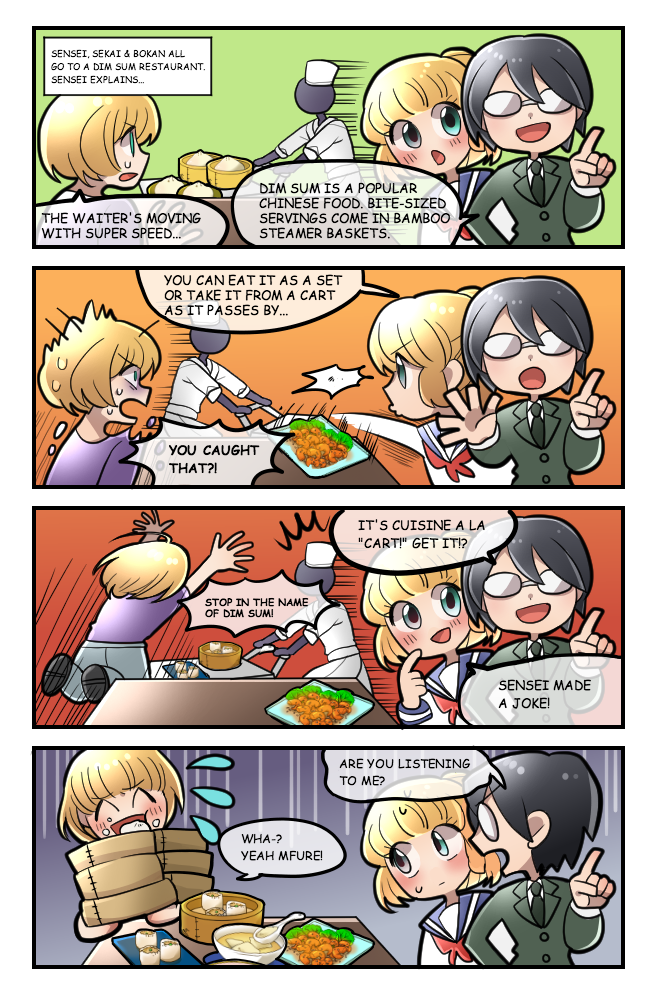
Shumai (Steamed Dumplings with Pork and Shrimp)
Japanese shumai are steamed dumplings made with pork and shrimp. They’re based on the traditional Chinese dim sum shao mai. The dumpling skin is wrapped around minced meat like a pouch that flairs open slightly at the top. Shumai can be topped with a dab of vibrant orange fish eggs or a single green pea. Enjoy them with soy sauce or garlic chili oil.
Harumaki (Deep-fried Spring Rolls)
Harumaki, or deep-fried spring rolls, are the Japanese equivalent of Chinese chunjuan, a popular dim sum roll. They’re filled with a blend of vegetables and maybe even a bit of savory minced meat.
Yaki-gyoza (Pan-fried Dumplings)
Yaki-gyoza, or pan-fried dumplings are very similar to Chinese potstickers, or gaau ji. They arrived in post-war Japan when soldiers returned home from Manchuria and sought to recreate the tasty fried dumplings they had eaten there. The dumplings are crescent shaped and contain a blend of pork, cabbage, and leek. They’re steamed in the pan with a bit of water before frying to give the dough wrapper a plump yet crisp texture, and served with a hot and sour dipping sauce made from ingredients like soy sauce, vinegar, chili oil, garlic, and sesame seeds.
Read: A Guide to Gyoza (Japanese Dumplings)
Nikuman (Steamed Pork Buns)
Nikuman are round Japanese steamed buns based on Chinese pork buns called cha siu bao. The two types of pork buns have some distinct differences, however. Japanese nikuman tend to have a smoother dumpling-like surface and are filled with a simple meatball of minced pork and vegetables, while cha siu bao have a fluffier, doughy texture and contain chopped barbecued pork mixed with a thick, sweet barbecue sauce. Recently in Japan, unique flavors have been gaining popularity, like Thai green curry and cheesy pizza filling.
Ebi Chili (Shrimp in Sweet Chili Sauce)
Ebi chili—one of chuka ryori’s most famous dishes—was actually invented by a Chinese chef in Japan who sought to give restaurant patrons a taste of his native food from Sichuan, China. Based on a dish called gan shao xia, or prawns in sweet and sour sauce, ebi chili features breaded shrimp in a sweet chili and ketchup sauce. The flavor profile of the Japanese dish is sweeter than Szechuan cuisine and much less spicy, which helped to popularize it among Japanese people in the 1950s and ’60s.
Nagasaki Kakuni Manju (Steamed Bun Filled with Braised Pork Belly)
In Nagasaki prefecture, Chinese and Japanese cooking styles have come together to create a number of fusion dishes, including Nagasaki kakuni manju, a famous local food. Kakuni manju are Japanese pork buns that are similar in some ways to nikuman. However, unlike nikuman, Nagasaki kakuni manju aren’t perfectly round. Instead, a thin manju dumpling is folded in half around a tender piece of buta kakuni, braised Japanese pork belly that’s similar to Shanghai-style hong shao rou (red braised pork belly).
Wonton Dumpling Soup
Wontons are similar to gyoza dumplings but are boiled and served in broth. They’re folded into a triangular or flowerbud-like shape rather than the crescent shape of fried potstickers. In addition, wontons have a thinner, more delicate skin and are filled with both minced pork and shrimp.
Yakisoba (Stir-fried Noodles)
Yakisoba fried noodles are the Japanese take on Chinese chow mein with a few key differences. Yakisoba is made with steamed noodles stir-fried with pork and cabbage in a fruity worcestershire-soy sauce base. Chow mein is made with fresh noodles or boiled noodles stir-fried with meat or seafood, bok choy cabbage, and Chinese soy sauce, which has a less salty flavor than Japanese soy sauce. Yakisoba is much more common than chow mein in Japan, but you may be able to find more authentic Chinese-style fried noodles by looking for chuka yakisoba.
Custard-man (Steamed Custard Buns)
Contrary to what it may sound like, custard-man isn’t a Japanese superhero who draws his powers from custard. Instead, man (pronounced “mahn”) is short for manju, the Japanese word for any kind of steamed bun, based on traditional Chinese bao dumplings. Custard-man refers to Chinese steamed custard buns called lai wong bao or sometimes nai wong bao. These delicious sweets have a wonderful aroma of milk and egg yolk, and are a dim sum favorite that bring up fond childhood memories for many Chinese people. They’re mostly available at dim sum specialty restaurants in Japan’s Chinatowns (located in Yokohama, Nagasaki, and Kobe), or by the cash register at local convenience stores.
Egg Tart
Chinese egg tarts, or daan taat, are dim sum pastries made with creamy custard in a flaky crust. They can be found in Japan’s Chinatown districts under the name of dan-ta or eggu taruto, but the Japanese variety are highly influenced by Portuguese pastel de nata tarts, which are more custard-like than Chinese egg tarts and have less of an eggy flavor. Egg tarts may sometimes also be found in the dessert section of Japanese convenience stores.
Goma Dango (Deep-fried Mochi Rice Balls)
Japanese goma dango are small deep-fried mochi rice balls filled with a semi-sweet azuki red bean paste and rolled in roasted sesame seeds. These chewy treats are based on the traditional Chinese dim sum sweet called jian dui and are often sold at outdoor festivals or year-round in Japan’s Chinatown districts.
Popular Dim Sum Teas in Japan
Dim sum is commonly served at Chinese tea houses, so in addition to enjoying lots of delicious food, the meal is meant for relaxing and enjoying steaming pots of freshly brewed tea. Popular dim sum teas in Japan include oolong (known as uroncha in Japanese), jasmine, and green tea, in addition to varieties like the fermented tea Pu-erh that may be a bit more challenging to find.
Japanese Dim Sum is the Perfect Way to Unwind and Dine
Whether you miss dim sum from back home or are looking for Chinese food to try in Japan, Gurunavi is the best resource for all your restaurant needs. Check out Gurunavi’s restaurant listings in Yokohama for dim sum and more great Chinese food across Japan. If you’re in the neighborhood, you can also read about 7 Things to Eat and Drink in Yokohama, home to Japan’s largest Chinatown. Itadakimasu!



